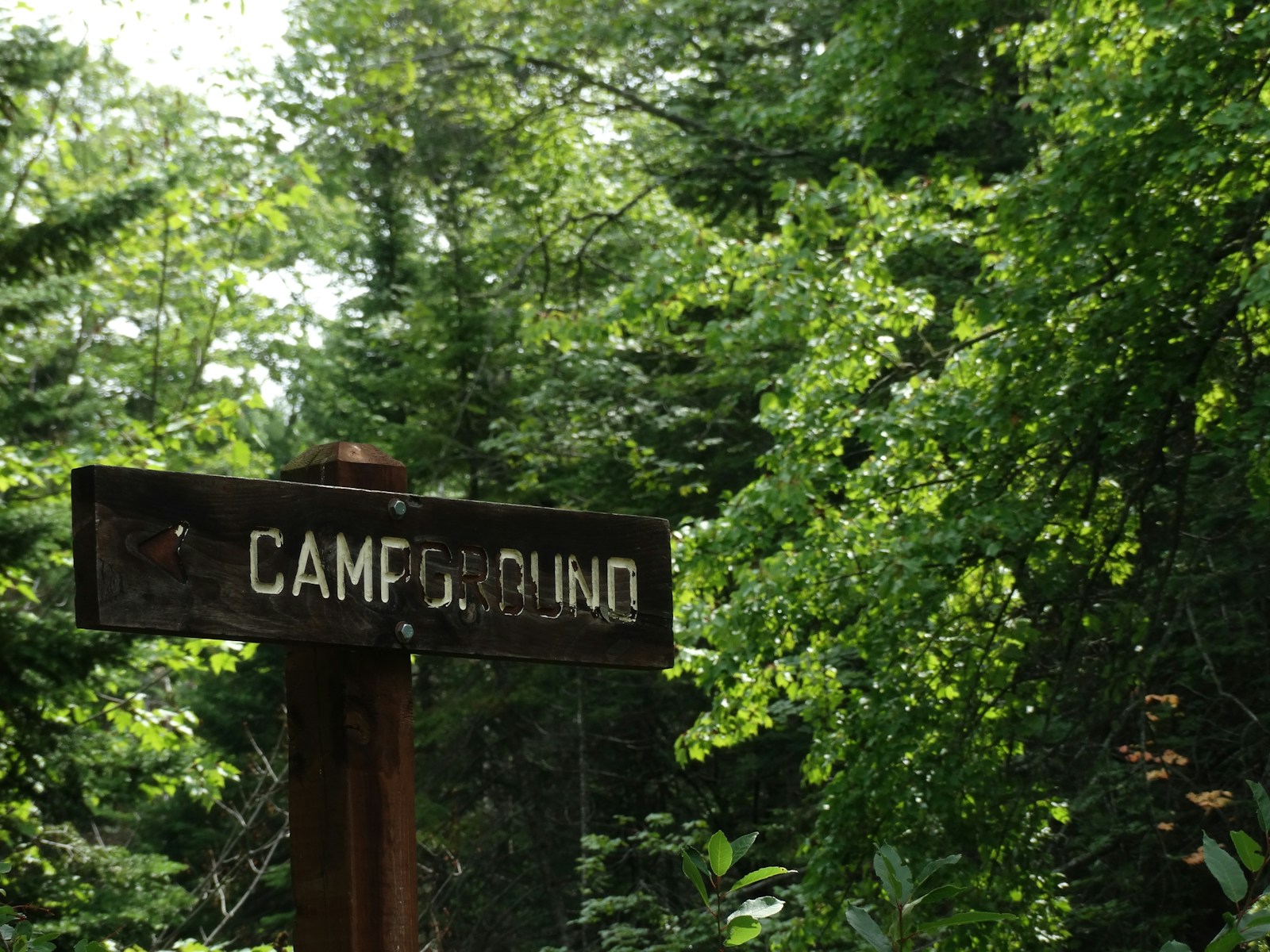Camping in a national park offers a magical experience, allowing travelers to immerse themselves in pristine natural surroundings while creating lasting memories. With over 400 national park sites in the United States alone, and thousands of individual campgrounds within them, selecting the perfect spot can feel overwhelming. The right campground can make or break your outdoor adventure, serving as both your home base and gateway to exploration. This guide will walk you through the essential considerations for choosing a national park campground that aligns with your preferences, needs, and the type of wilderness experience you’re seeking.
Understanding Different Types of National Park Campgrounds
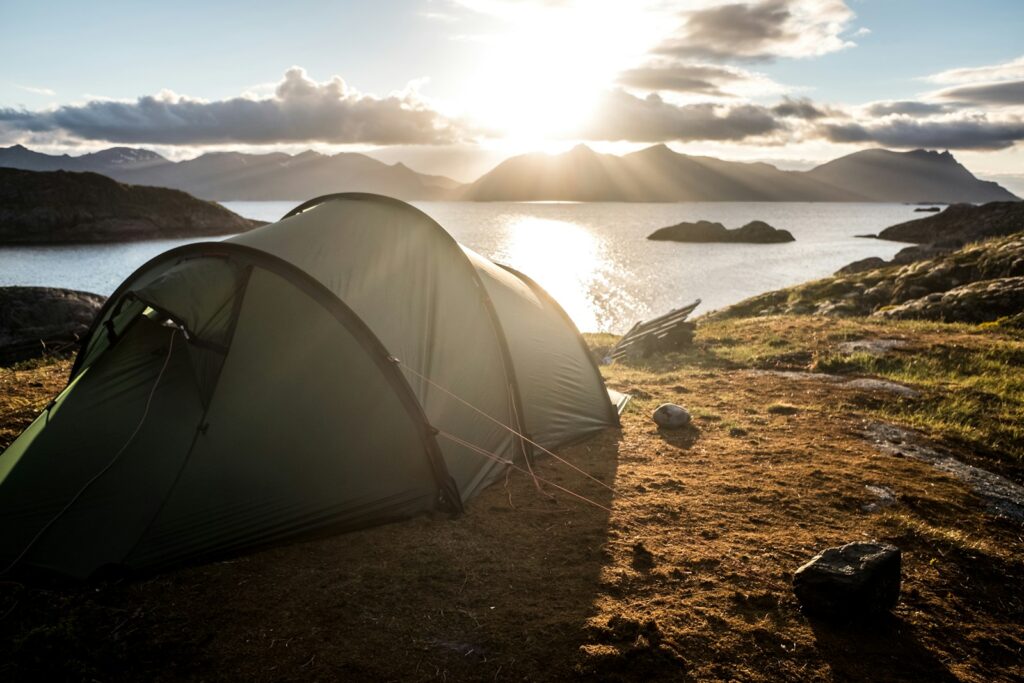
National parks typically offer several distinct types of campgrounds, each providing a different experience and level of amenities. Developed campgrounds feature designated sites with amenities like restrooms, potable water, and sometimes electrical hookups, making them suitable for families and those who prefer some comforts while camping. Primitive campgrounds offer more basic accommodations with few or no amenities, appealing to campers seeking a more rugged, immersive experience in nature. Backcountry camping involves hiking to remote locations and setting up camp in designated wilderness areas, requiring proper permits and self-sufficiency skills. Group campgrounds are specifically designed for larger parties, offering expanded facilities to accommodate multiple tents or RVs in a shared space.
Assessing Your Camping Experience Level
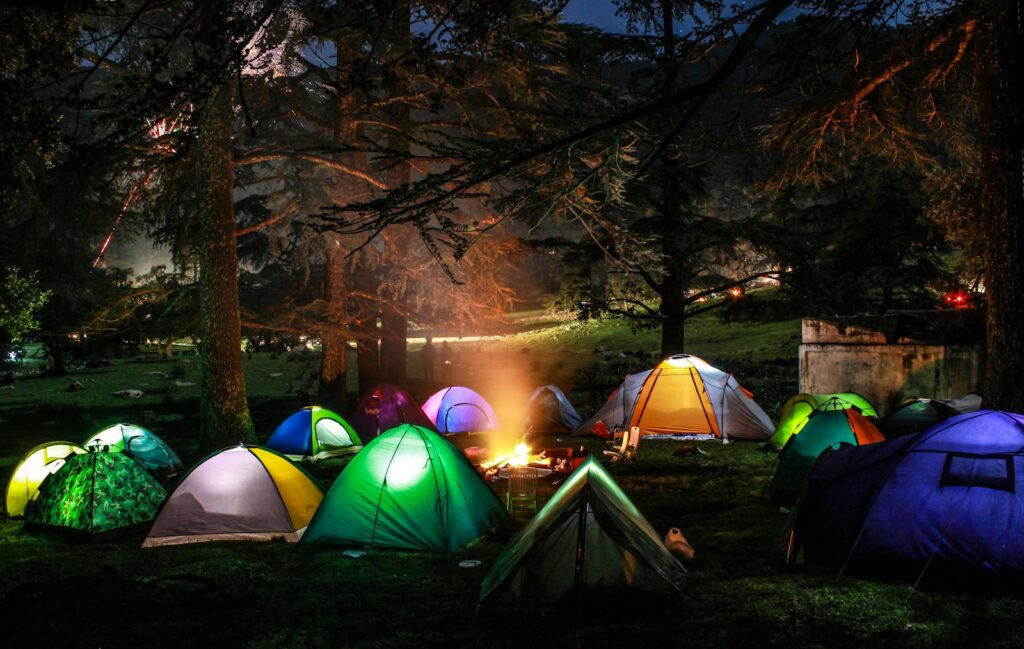
Honestly evaluating your camping experience is crucial when selecting a national park campground that will provide an enjoyable rather than overwhelming experience. First-time campers might feel more comfortable at developed campgrounds with nearby ranger stations and reliable facilities. Intermediate campers who have mastered basic outdoor skills might enjoy the challenge of primitive campgrounds while still having some safety nets in place. Experienced outdoor enthusiasts might prefer the solitude and adventure of backcountry sites, where self-reliance and wilderness skills are essential. Consider not only your previous camping experience but also your comfort level with activities like fire building, wildlife encounters, and navigating without cell service or immediate assistance.
Considering Your Group Size and Composition
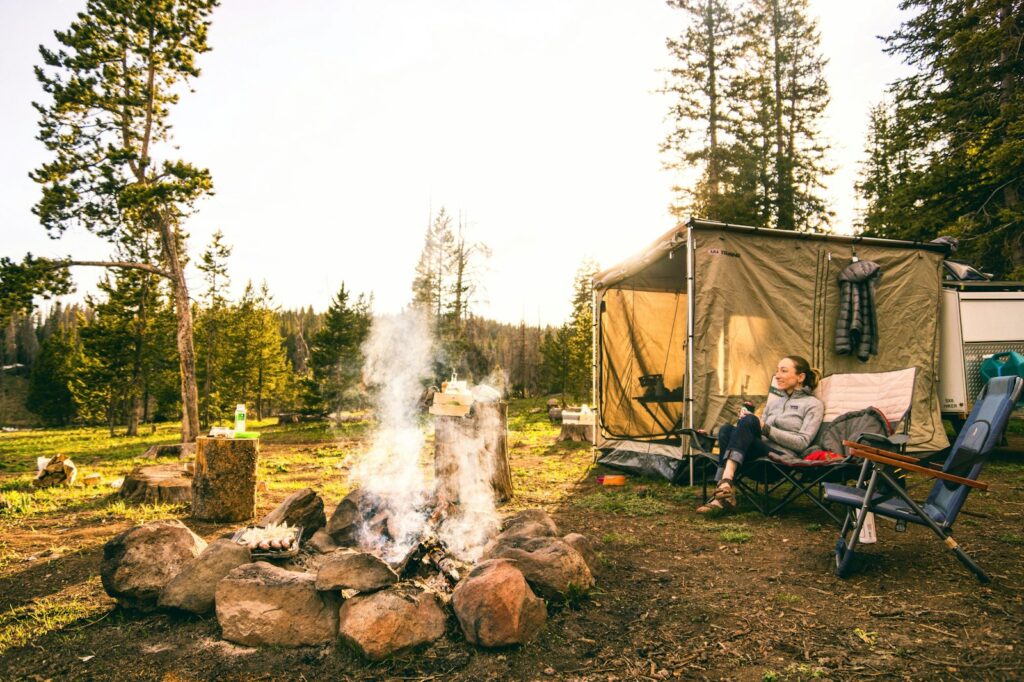
The makeup of your camping group significantly influences which campground will best suit your needs. Families with small children typically benefit from campgrounds with amenities like flush toilets, designated play areas, and ranger-led programs designed for young explorers. Larger groups should look for campgrounds with group sites that can accommodate multiple tents and vehicles in one location, often featuring communal fire pits and picnic areas. Solo travelers or couples might prefer smaller, more intimate campgrounds where quiet and solitude are prioritized. Groups with elderly members or those with mobility issues should prioritize accessibility features like paved pathways, accessible restrooms, and sites close to amenities and points of interest.
Evaluating Available Amenities
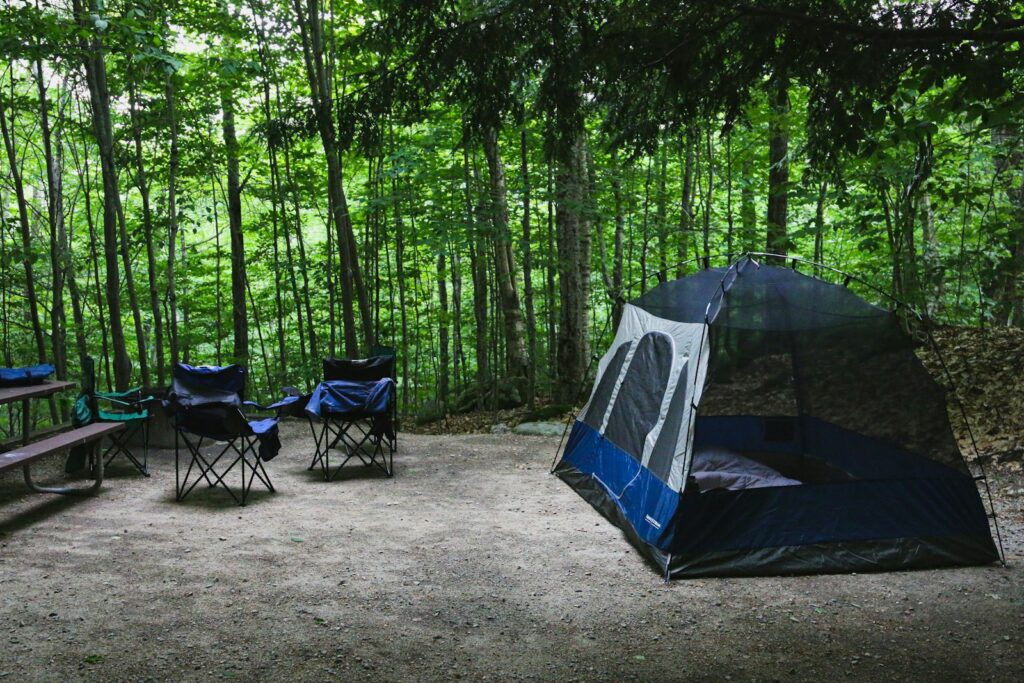
Campground amenities vary dramatically across national parks, and understanding what’s available helps set realistic expectations for your stay. Water access is perhaps the most critical consideration, with options ranging from developed campgrounds with running water and showers to primitive sites requiring you to pack in all your water needs. Restroom facilities span the spectrum from flush toilets with hot showers to basic pit toilets or even the absence of any facilities in remote areas. Electrical hookups are available at select campgrounds, particularly those designed to accommodate RVs, though these sites typically require reservations well in advance. Additional amenities might include dish washing stations, food storage lockers to protect against wildlife, camp stores for basic supplies, and educational facilities like amphitheaters for ranger programs.
Researching Seasonal Considerations
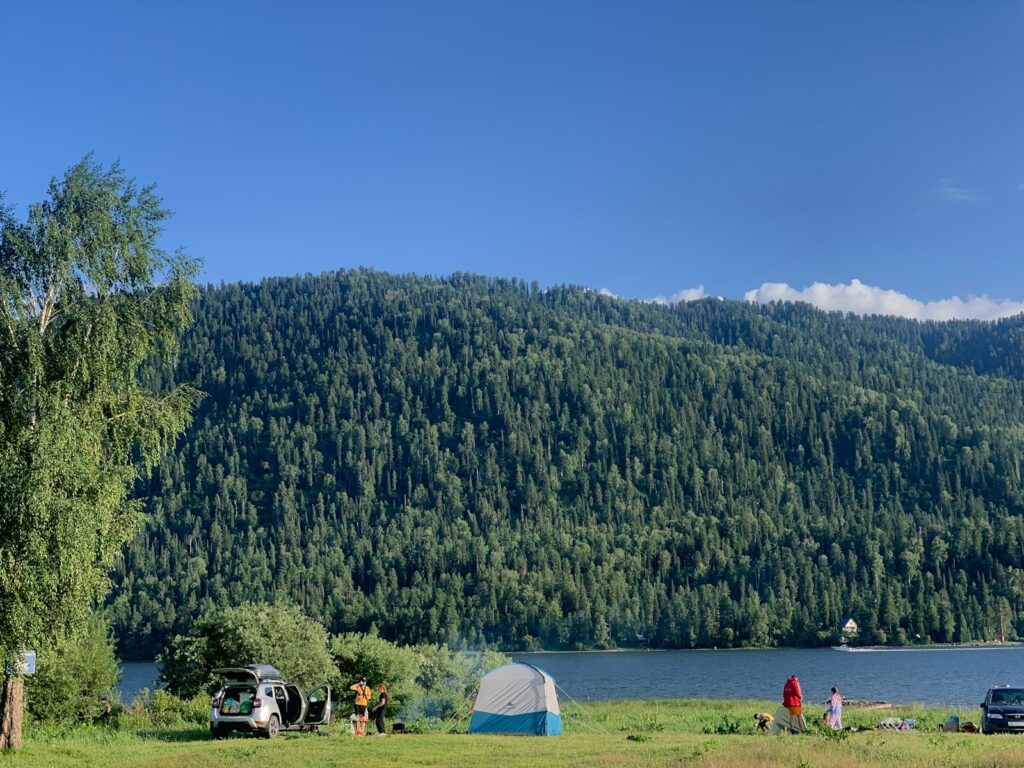
The timing of your visit plays a crucial role in campground selection, as seasonal factors dramatically affect the camping experience in national parks. Summer represents peak season at most parks, offering ideal weather but requiring reservations months in advance and dealing with larger crowds. Shoulder seasons (spring and fall) often provide the perfect balance of reasonable weather, fewer visitors, and greater availability at popular campgrounds. Winter camping presents a unique, serene experience in many parks but requires specialized gear and knowledge about cold-weather safety. Some campgrounds operate seasonally, closing during winter months due to snow accumulation or dangerous conditions, while others may have reduced services during off-peak times.
Understanding Reservation Systems and Policies
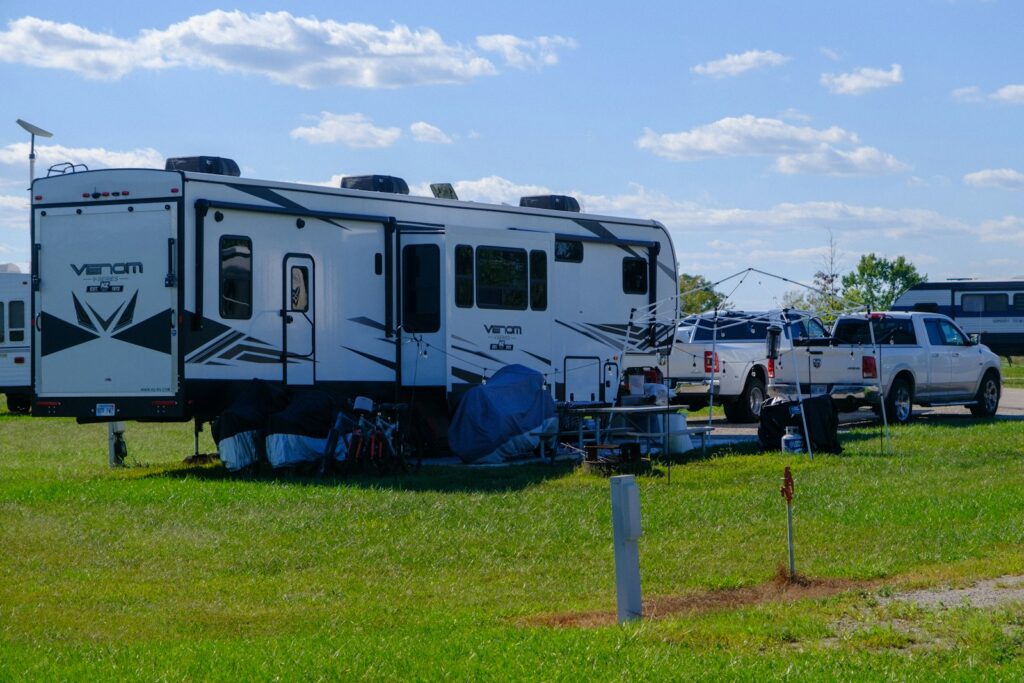
Navigating the reservation systems for national park campgrounds requires advance planning and flexibility. Many popular campgrounds operate on a reservation system through Recreation.gov, where sites become available six months in advance and often fill within minutes of opening, particularly for summer weekends and holidays. First-come, first-served campgrounds don’t accept reservations, requiring early arrival (often by mid-morning) to secure a spot, especially during peak seasons. Some parks utilize a hybrid system with a portion of sites reservable and others available for walk-up campers. Understanding cancellation policies is equally important, as most parks have strict guidelines regarding refunds and date changes, with potential penalties for last-minute alterations.
Proximity to Park Attractions and Trails
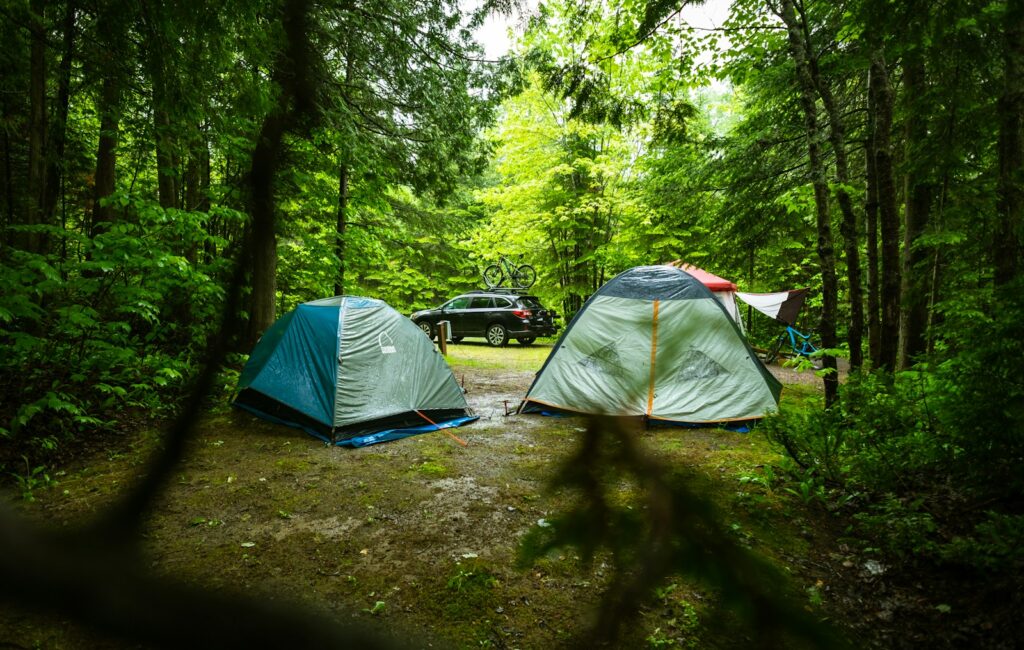
A campground’s location relative to the park’s main attractions significantly impacts your daily activities and overall experience. Central campgrounds situated near visitor centers and popular trailheads offer convenience and reduced driving time, allowing for more efficient exploration of the park’s highlights. Perimeter campgrounds located near park boundaries might require more driving to reach main attractions but often provide a quieter experience away from the crowds. Consider your priority activities when selecting a location – if hiking specific trails is your main goal, choose a campground with direct trail access or proximity to your targeted areas. Some parks have multiple distinct regions, each with different landscapes and attractions, making it worthwhile to split your stay between different campgrounds to maximize your experience.
Assessing Privacy and Spacing Between Sites
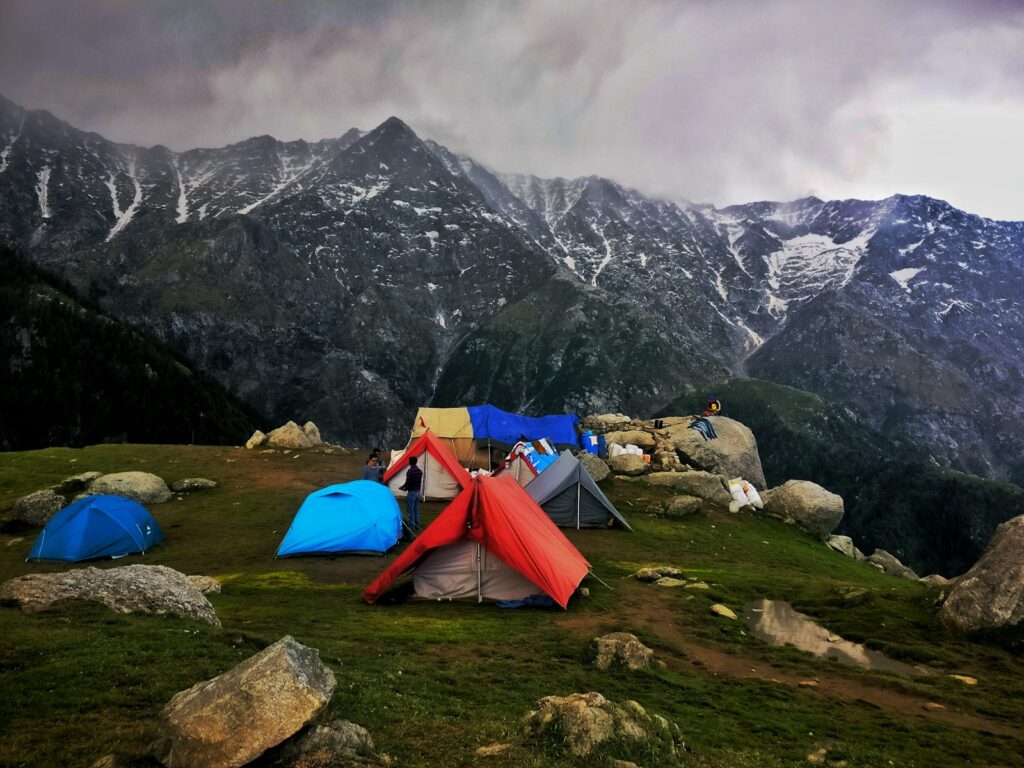
The physical layout of a campground significantly affects the quality of your camping experience, particularly regarding privacy and noise levels. Older, established national park campgrounds often feature more generous spacing between sites, with natural barriers like trees and shrubs creating a sense of seclusion even in developed areas. Newer campgrounds or those designed primarily for RVs might have sites arranged in more open, parking-lot style configurations with limited privacy between neighbors. Reviews and campground maps can provide insights into site spacing, with loop ends and corner sites typically offering the most privacy. Some parks designate specific loops for tent-only camping, which generally provide a quieter atmosphere than areas that accommodate RVs with generators.
Considering Wildlife and Environmental Factors
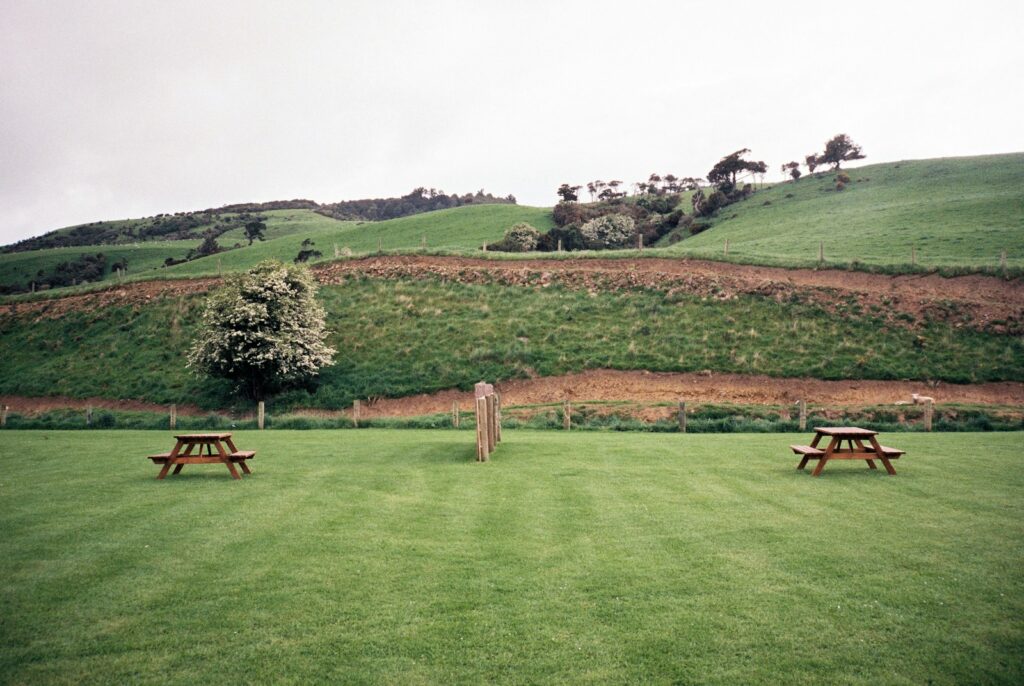
National parks are home to diverse wildlife populations, and understanding the local ecosystem helps ensure both your safety and the protection of the natural environment. Campgrounds in bear country require strict food storage protocols, either in provided metal lockers or approved bear canisters, with heavy fines for non-compliance. Areas with active predator populations might have additional restrictions on camping activities, such as limitations on dawn and dusk hiking when animals are most active. Environmental considerations include fire restrictions during dry seasons, which might prohibit campfires entirely in some locations. High-elevation campgrounds present concerns like altitude sickness for unprepared visitors, while coastal campgrounds may face extreme tides or storm surges during certain seasons.
Reading Reviews and Studying Maps
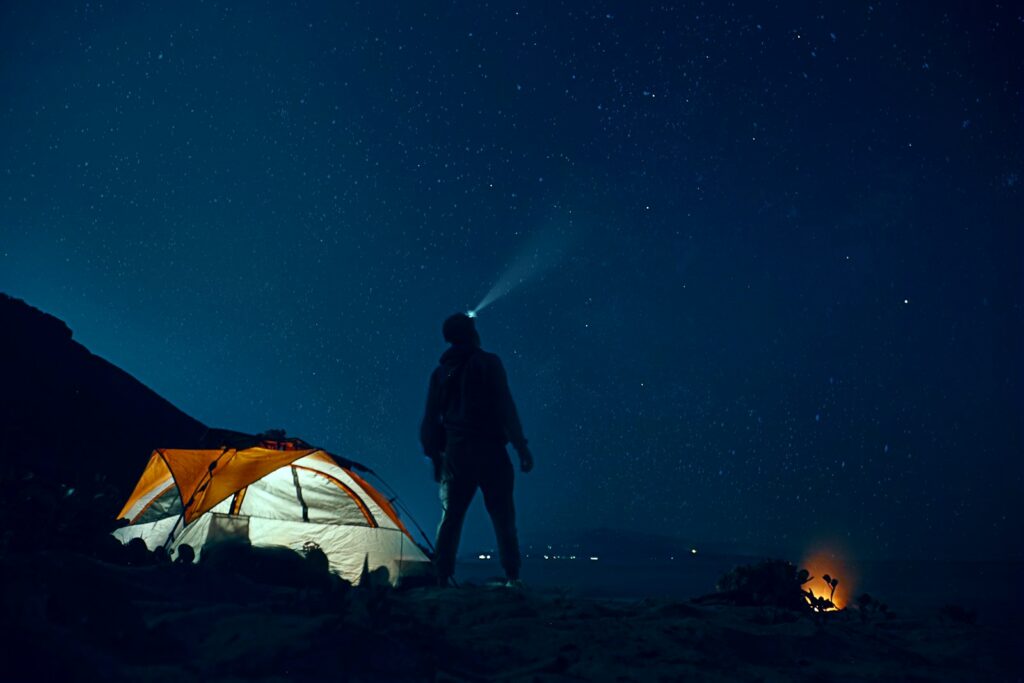
Research is invaluable when selecting the perfect campground, with multiple resources available to inform your decision. Official national park websites provide factual information about facilities, regulations, and reservation procedures, though they may not capture the subjective experience of staying at a particular campground. User reviews on platforms like TripAdvisor, Campendium, and The Dyrt offer firsthand accounts of recent stays, highlighting both positive aspects and potential drawbacks from fellow campers’ perspectives. Detailed campground maps allow you to select specific sites based on proximity to amenities, views, or privacy factors, with many parks providing site-by-site descriptions. Some camping apps now feature 360-degree photos of individual sites, giving you a virtual preview of exactly where you’ll be setting up camp.
Evaluating Alternative Accommodation Options
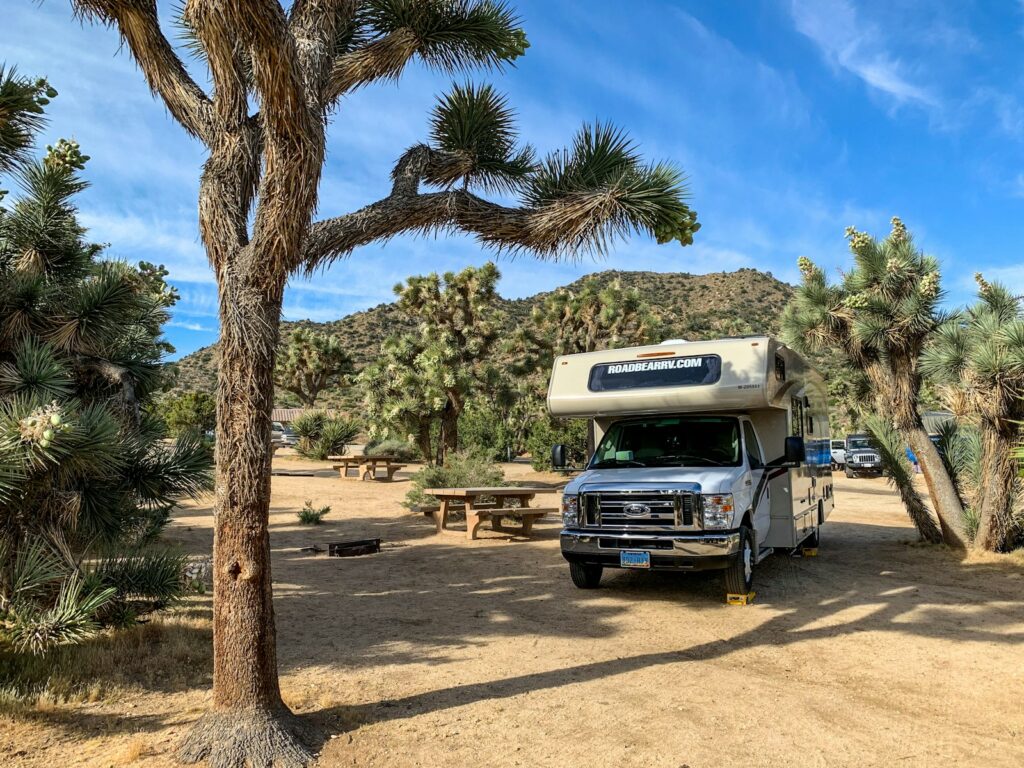
While traditional tent and RV camping represent the most common national park accommodations, many parks offer alternative options worth considering. Park lodges provide hotel-style rooms within park boundaries, offering comfort and convenience at premium prices, with reservations often necessary 12-18 months in advance. Cabins and yurts available at some parks bridge the gap between tent camping and lodge stays, providing solid shelter while maintaining a rustic outdoor experience. Glamping (glamorous camping) options have emerged near several national parks, featuring upscale tent accommodations with real beds and furnishings. National forest campgrounds adjacent to many national parks often provide comparable experiences with fewer restrictions and lower costs, serving as excellent alternatives when park campgrounds are full.
Budgeting for Your National Park Camping Trip
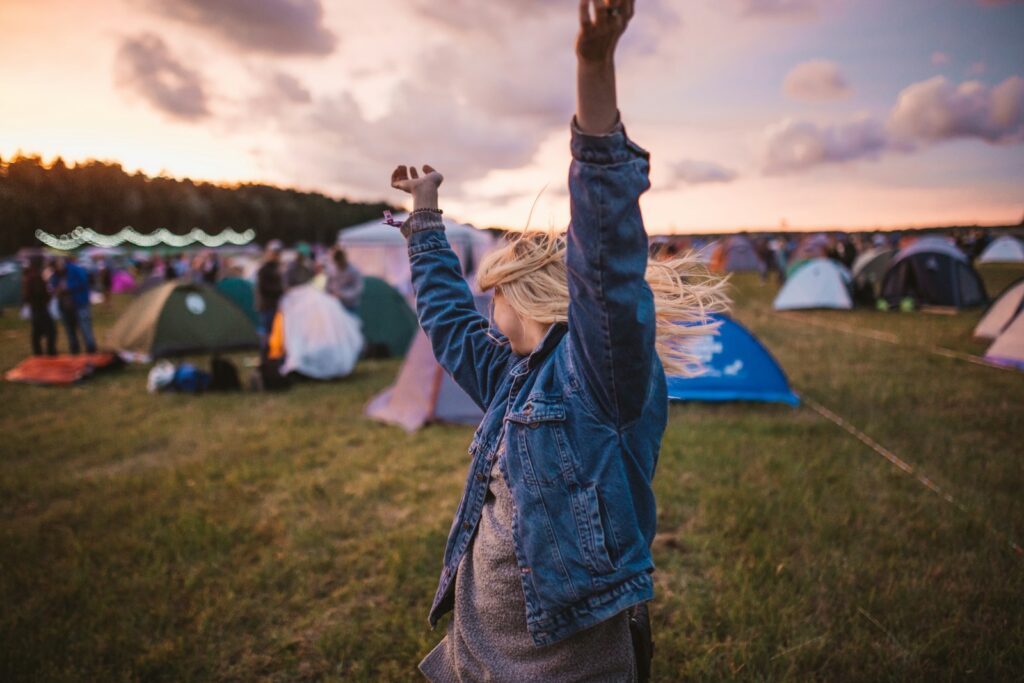
The cost of camping varies significantly between parks and types of campgrounds, making budget planning an important consideration. Standard national park campsite fees typically range from $15-30 per night for basic sites, with additional charges for sites with electrical hookups or other premium features. Entrance fees to the parks themselves are separate from camping fees, though an annual America the Beautiful Pass ($80) provides access to all national parks and federal recreational lands for a year. Hidden costs may include shower fees at some campgrounds (often quarter-operated), firewood purchases (as collecting wood is prohibited in most parks), and dump station fees for RVs. Backcountry permits generally cost less than developed campgrounds but may require additional fees for reservations or specialized permits for popular areas.
Making Your Final Decision and Preparing
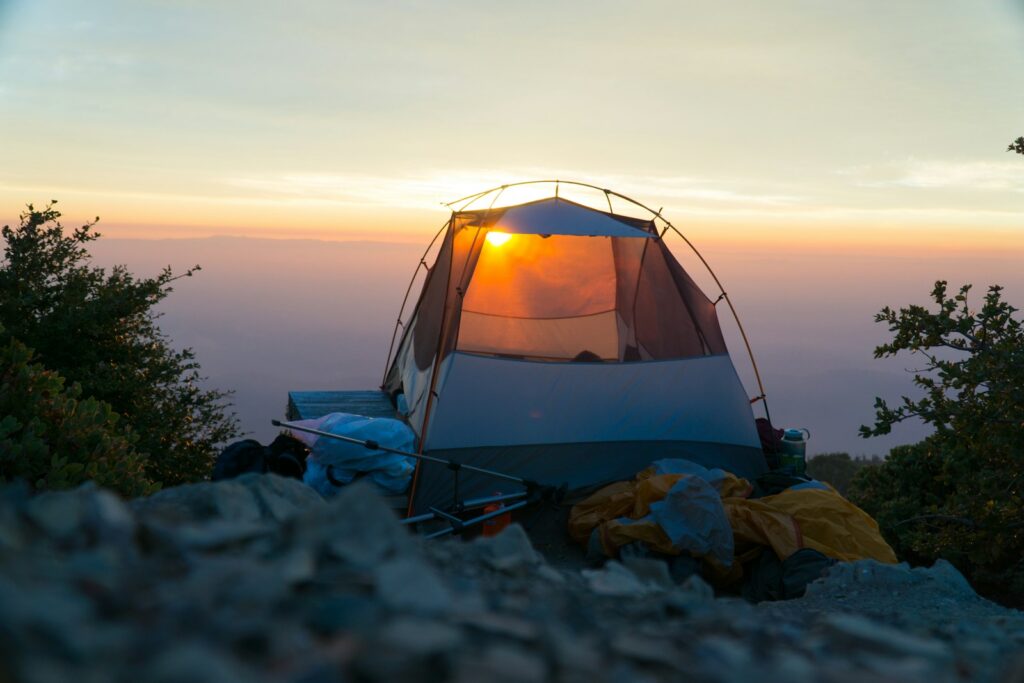
Once you’ve researched your options, the final selection involves balancing your ideal preferences with practical realities like availability and timing. Create a prioritized list of your must-have features versus nice-to-have amenities to guide your decision when perfect options aren’t available. Consider planning your trip around campground availability rather than specific dates, as flexibility dramatically increases your chances of securing desirable sites. After booking, prepare thoroughly by researching specific regulations for your chosen campground, including quiet hours, generator restrictions, and wildlife precautions. Packing appropriately for your specific campground’s amenities prevents unpleasant surprises – for instance, bringing extra water containers for campgrounds without potable water or sufficient warm layers for high-elevation sites where temperatures drop significantly at night.
National park camping offers unparalleled opportunities to connect with America’s natural treasures, and choosing the right campground enhances this experience immeasurably. By carefully considering your group’s needs, desired amenities, and the specific characteristics of each park’s camping options, you can find the perfect base for your wilderness adventure. Whether you prefer the convenience of developed campgrounds or the solitude of backcountry sites, America’s national parks offer diverse camping experiences accessible to outdoor enthusiasts of all experience levels. With thoughtful planning and realistic expectations, your national park camping trip can become the highlight of your travel memories, fostering a deeper appreciation for these protected natural wonders.

